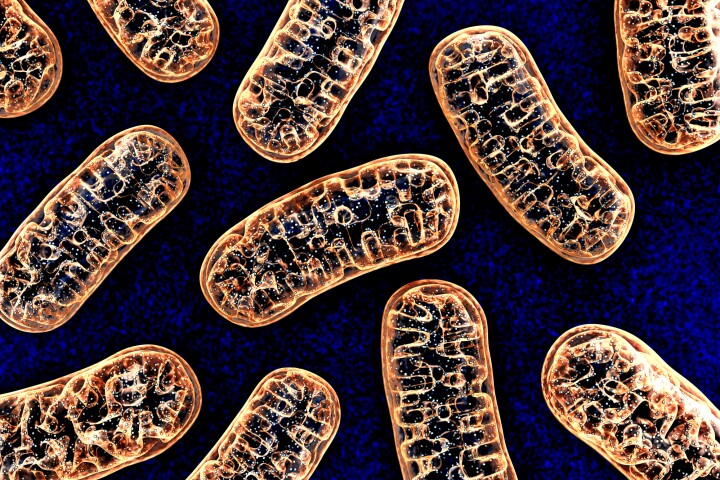 Scientists have discovered a long-theorized “demon” particle, hiding in the plasma oscillations of a metal. Depositphotos
Scientists have discovered a long-theorized “demon” particle, hiding in the plasma oscillations of a metal. Depositphotos
–
Electrons are strange particles. When they travel through solids, their interactions with each other can form collective excitations that function like entirely new particles with different characteristics. These are known as quasiparticles.
A particular form of quasiparticle, called a plasmon, occurs due to plasma oscillations, and these have a new charge and mass separate from the electrons that make them up. However, plasmons were thought to be impossible at room temperature because energy levels are inadequate for the masses required to form them.
But in 1956, theoretical physicist David Pines predicted an exception to the rule – electrons in multiple energy bands could group together in an out-of-phase pattern, forming a plasmon that has no mass or charge. Without any mass they can form at any energy level, and therefore any temperature. This theoretical particle became known as “Pines’ demon,” and has eluded detection ever since – at least, until now.
Scientists at the University of Illinois Urbana-Champaign and Kyoto University have now made the first direct detections of the demon in a metal called strontium ruthenate. The key, it turns out, was to not even be looking specifically for it.
“The vast majority of experiments are done with light and measure optical properties, but being electrically neutral means that demons don’t interact with light,” said Peter Abbamonte, lead author of the study. “A completely different kind of experiment was needed.”
Strontium ruthenate is an intriguing metal that exhibits some properties of high-temperature superconductors, although it itself isn’t one. The team hoped that they might find some clues to that valuable phenomenon by studying the material’s electronic properties with a method called momentum-resolved electron energy-loss spectroscopy. This involves blasting the metal with electrons to observe its properties, including any quasiparticles that might form. In doing so, the researchers discovered a puzzling plasmon with no mass.
“At first, we had no idea what it was,” said Ali Husain, co-author of the study. “Demons are not in the mainstream. The possibility came up early on, and we basically laughed it off. But, as we started ruling things out, we started to suspect that we had really found the demon.”
To identify the culprit, the scientists followed up by exploring the electronic structure of strontium ruthenate. And sure enough, the demon that had stayed hidden for 67 years finally came into focus.
“Pines’ prediction of demons necessitates rather specific conditions, and it was not clear to anyone whether strontium ruthenate should have a demon at all,” said Edwin Huang, co-author of the study. “We had to perform a microscopic calculation to clarify what was going on. When we did this, we found a particle consisting of two electron bands oscillating out-of-phase with nearly equal magnitude, just like Pines described.”
The team believes that demons may play a key role in the electronic behaviors of a wide range of metals.
The research was published in the journal Nature.
Source: University of Illinois Urbana-Champaign
–























